|
Listen to this article  |
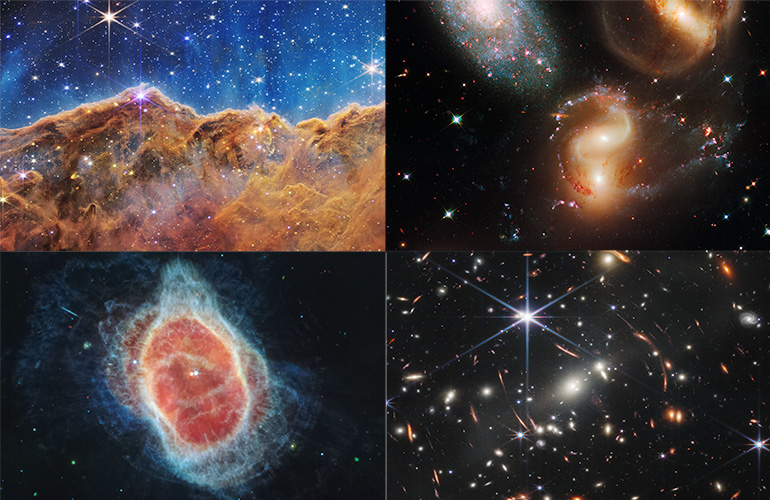
In recent announcement by NASA, the James Webb Space Telescope (JWST) science team released five spectacular images in its first science package.
Astronomers, researchers and scientists smarter and more educated than me have spent a lot of time providing their thoughts on what we can see in each of these images.
But let’s take a moment to look at what NASA released and understand why NASA chose this set of images for the first science release.
Diffraction spikes
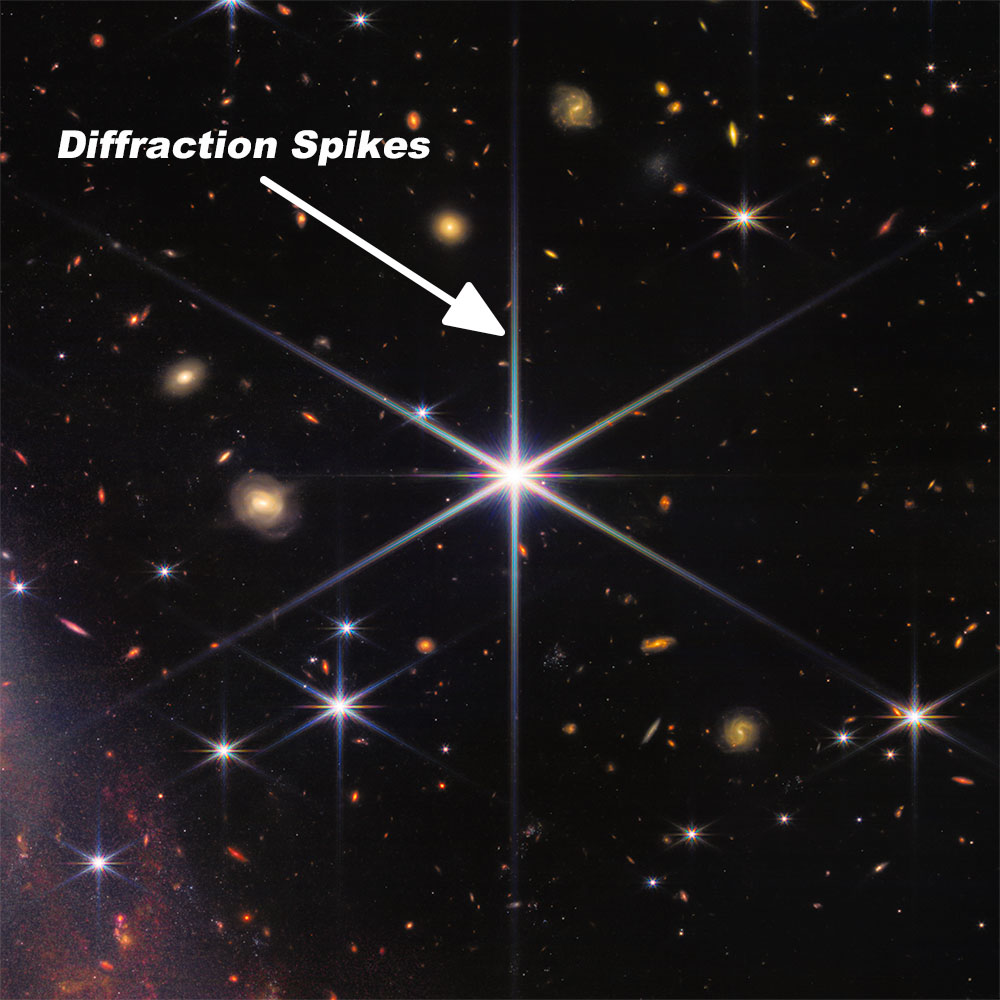
Image 1 – The spikes seen above are not artistic, but rather an artifact of the actual telescope. | Credit: NASA
One of the unique characteristics that will grace nearly every image taken from the JWST will be the iconic “diffraction spikes” that appear around stars in an image. As seen in image 1 above, nearby stars in the field of view will have an eight pointed star pattern emanating from the center of the star.
These spikes seen in the image are not real, but rather come from light that is diffracted as it bends around the secondary mirror supports on the structure of the JWST and from the edges of the hexigonal mirror segments.
Any object with a diffraction spike pattern seen in an image from the JWST will be a star that is in our “galactic neighborhood”, i.e. it’s a star that is in the milky way.
So now, when you look image 2 of Stephan’s Quintet, a set of five galaxies, four of which are in the process of colliding into each other, you should be able to easily identify the nearby stars by their diffraction spikes. All of these stars are in the foreground of the image. The five brilliantly highlighted galaxies in the center (and bottom) of the image are in the mid-ground of the image, and everything else is somewhere off in the distance.
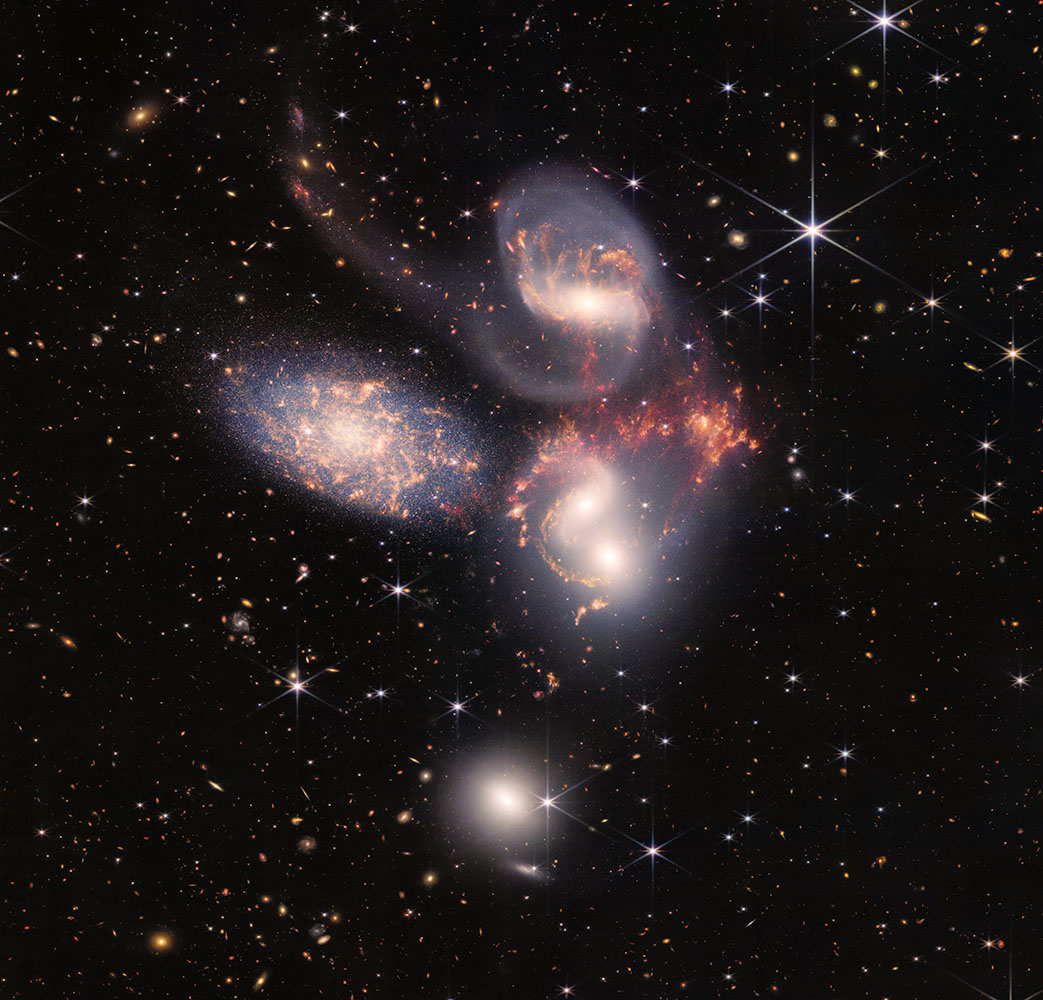
Image 2 – Five galaxy’s, known at Steven’s Quintet, caught in the process of colliding. | Credit: NASA
Peering through the clouds
One of the super powers of the JWST is that it can see through the dust cloud that surrounds most galaxies. This is because the JWST sees light in the infrared part of the spectrum, and these wavelengths of light can “pierce” the cloud dust. In the closeup image 3 below we see the cleanest and sharpest view of the NGC 7230 galaxy, from the image 2 above.
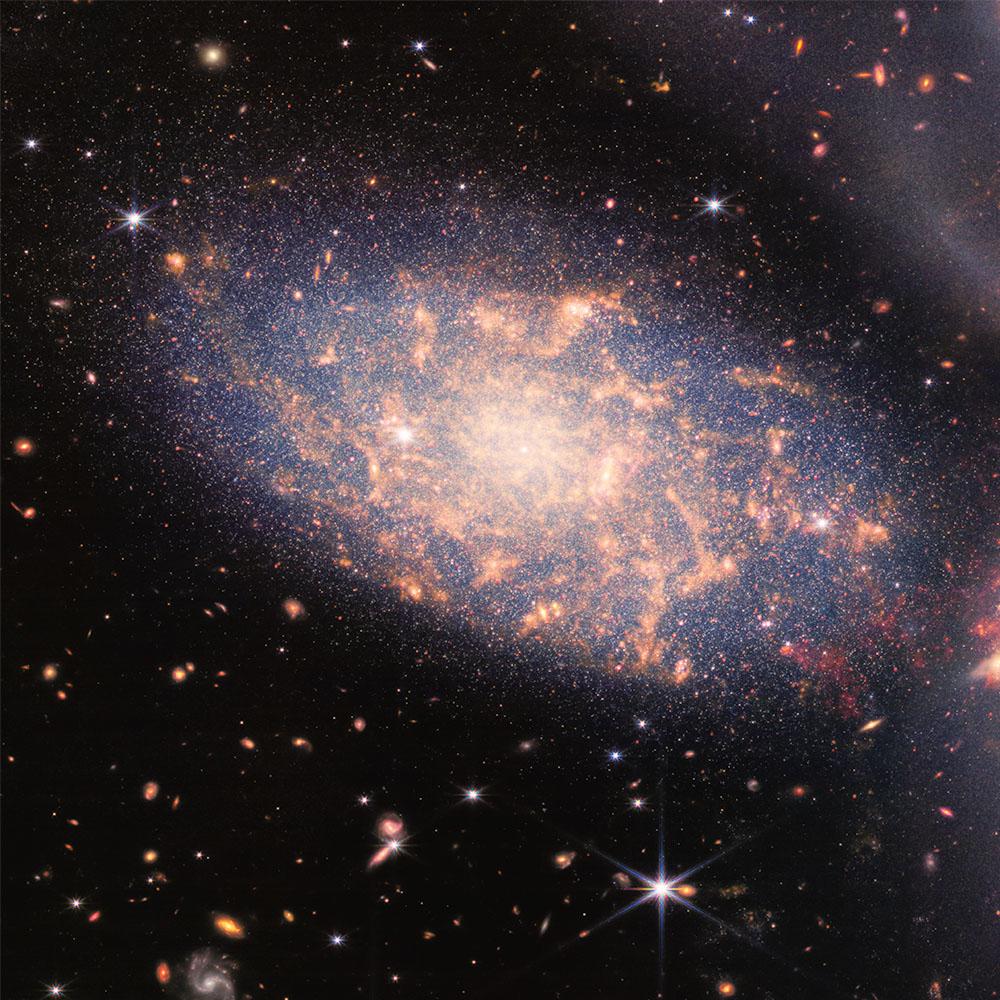
Image 3 – A closeup of NGC 7320 shows more detail than any telescope has every taken of this galaxy before. | Credit: NASA
The NGC 7320 is only about 40 million light-years from Earth. This image resolves more of the stars in NGC 7320 than Hubble was able to do.
Compare Image 3 to the best image that was captured on Hubble (image 4 below), and you’ll realize why the galaxy scientists are so excited about the potential of the JWST telescope to help advance the understanding of how galaxies live and die.
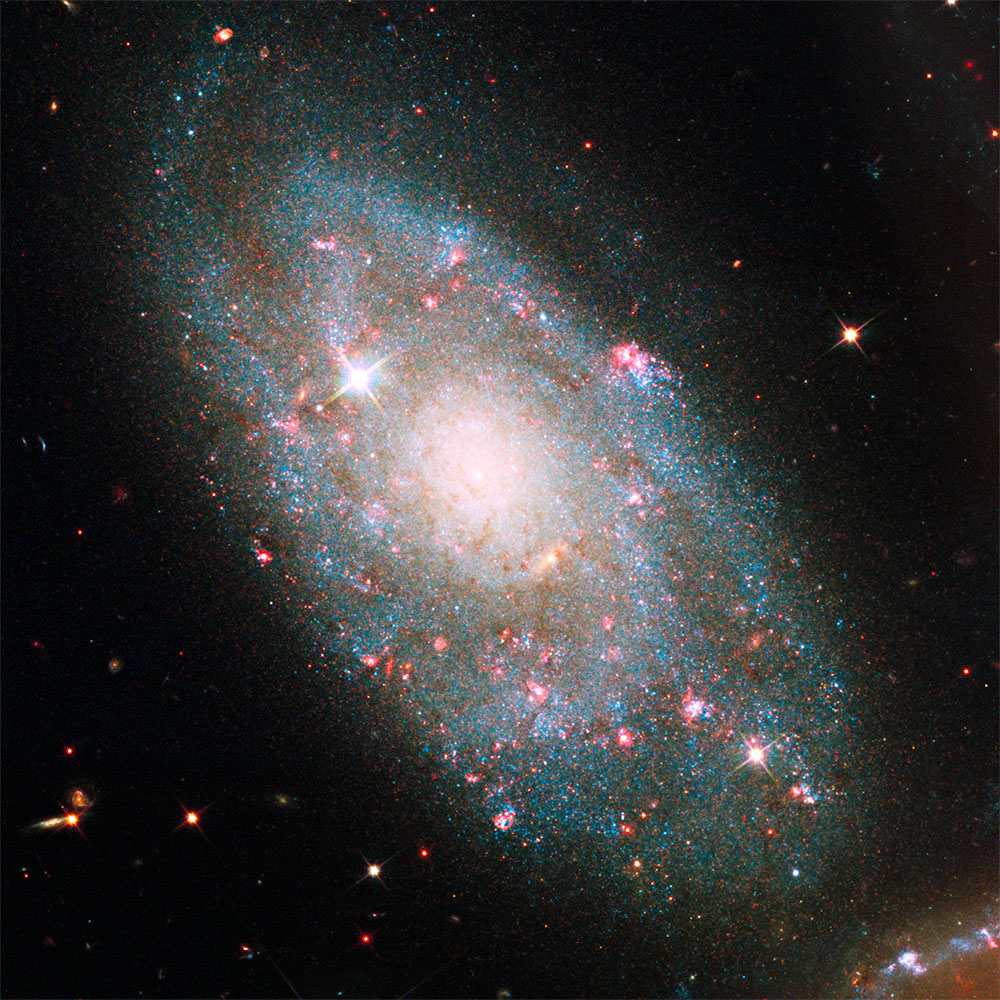
Image 4 – Image of NGC 7320 as taken by Hubble telescope. | Credit: NASA
A new view of a stellar nursery
One of my favorite images from this first set is of the “cosmic cliffs” in the Carina Nebula. The Carina Nebula is found in the milky way, but can only be seen in the sky in the southern hemisphere. It is calculated to be around 8,500 light-years from Earth.
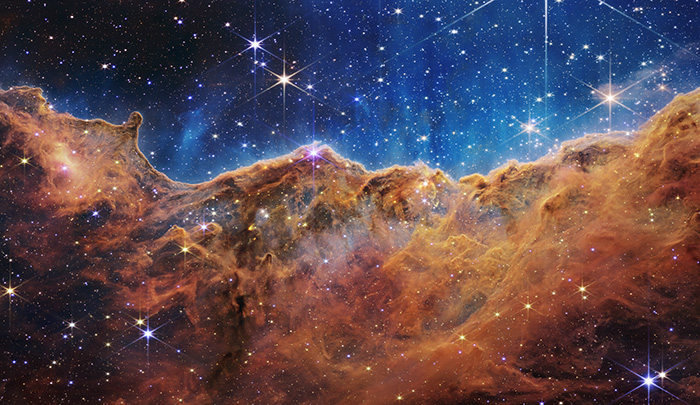
Image 5 – The “Cosmic Cliffs” region of the Carina Nebula. | Credit: NASA
While the scene in image 5 looks like mountain cliffs at first glance, what you are seeing is the edge of a dust cloud that is being pushed back by the solar winds from stars in the top region of the image. Within the cloud are stellar nurseries where new stars are forming.
As a star is born, it begins to clear the dust in its immediate neighborhood through both gravity (pulling in nearby dusk) and then by pushing away dust with pressure from its own solar wind. The JWST’s infrared view provide a more “multilayered” view of this scene than Hubble was able to collect in visible light.
This image is currently the desktop image on my computer, because it’s so fun to look at.
Seeing the chemical makeup of other planets
The JWST does more than just capture pretty pictures (actually the pictures that it captures aren’t pretty when they come out of the telescope, NASA artists are the the ones who add the color to the images). A spectrograph (also sometimes called a spectrometer) is used to disperse light from an object into a spectrum, just like the light through a prism.
Analyzing the spectrum of an object can tell us about its physical properties, including temperature, mass, and chemical composition. The atoms and molecules in the object actually imprint lines on its spectrum that uniquely fingerprint each chemical element present and can reveal a wealth of information about physical conditions in the object. Spectroscopy and spectrometry (the sciences of interpreting these lines) allow scientists to understand what a star (or planet) is made out of. (Source: From the NASA JWST website)
The data from the spectrograph shown below in image 6, is the most accurate, lowest noise spectrogram of an exoplanet ever seen. To exoplanet scientists, this type of data will deliver a lifetime of information to be analyzed. JWST will help unlock the mysteries of other planets, stars and galaxies.
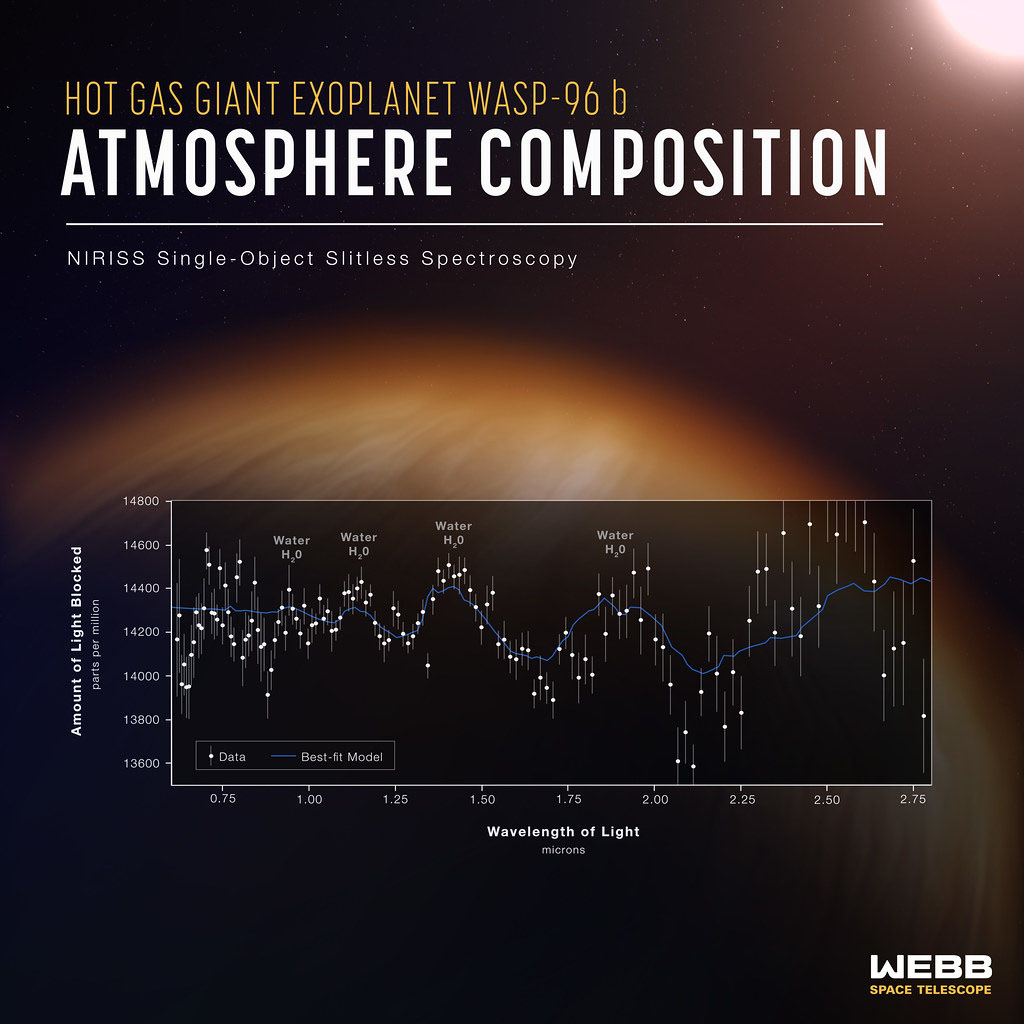
Image 6 – Exoplanet WASP 96-b as seen by the Near InfraRed Spectrograph (NIRSpec) on JWST. | Credit: NASA
A stellar swimming pool
NGC 2132 is a planetary nebula and it looks like some inter-galactic swimming pool. Although its called a “planetary” nebula, it has nothing to do with planets. It’s a dying star, or in this case a dying binary star system.
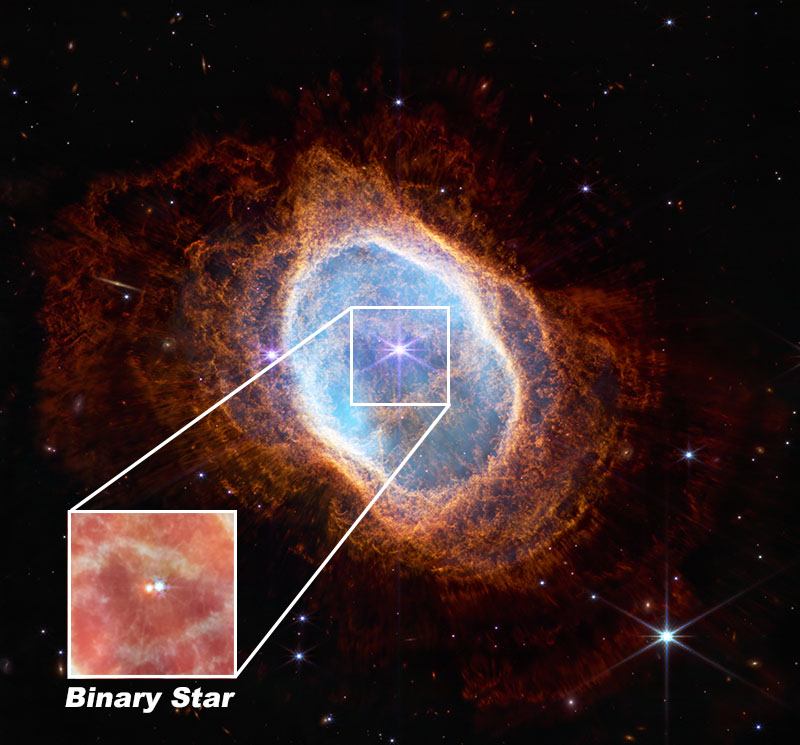
Image 7 – NGC 2132 in near infrared with a view of the same region in middle-infrared (showing the binary star system at the heart. | Credit: NASA
The primary image in image 7 was taken with the JWST Near Infrared (NIRCAM) camera. Hubble also took beautiful images of this nebula, but the NIRCAM on JWST is able to show it with more depth as the infrared light sees deeper into the cloud surrounding the binary star system at the center.
JWST had multiple infrared cameras and the team wanted to test them on this target. A second image was also taken of NGC 2132 with the Middle Infrared (MIRICAM) camera on JWST, capturing the scene with different infrared wavelengths. With MIRI, the team was able to resolve the binary star system (seen in the insert on image 7). Hubble was unable to resolve this binary star system.
To infinity and beyond
The first image released by NASA from JWST was the deep field image known as SMACS J0723.3-7327. It represents a field of view of the universe about the size of grain of sand held at arms length. But your mind practically exploads when you realize just how many (far away) galaxies are seen in the image.
There is so much to see in image 8. Where you see the “smeared” galaxies around the center, is actually light from a far away galaxy being bent by the gravity of a nearby galaxy (the white smudge in the center of the image), in a phenomenon known as gravitational lensing, and predicted by Albert Einstein with his general theory of relativity.
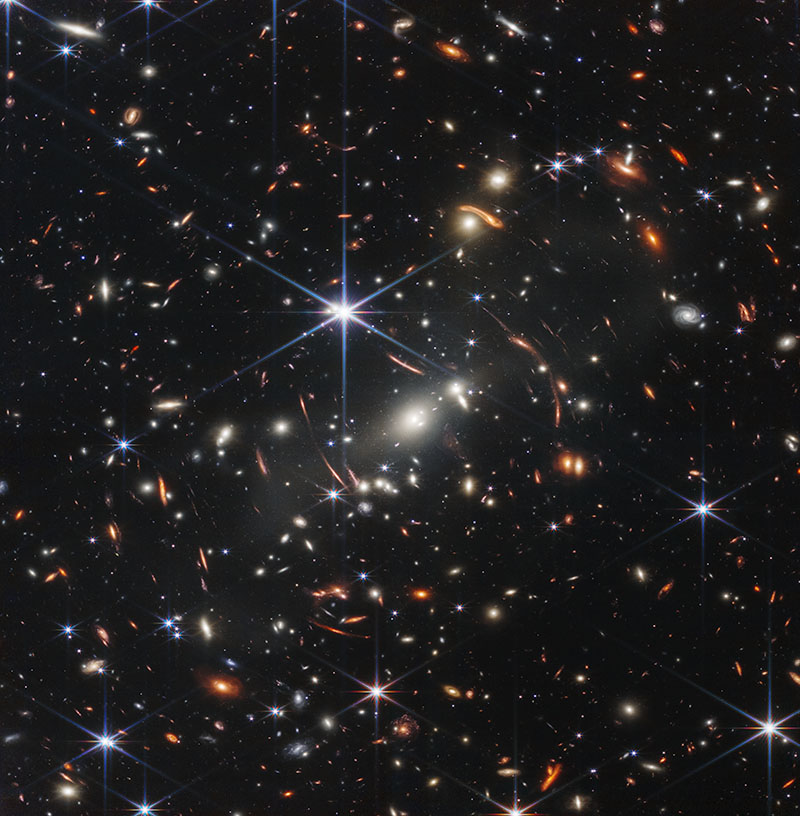
Image 8 – The first image released by the JWST science team shows light from distant galaxies bending around a nearby galaxy. | Credit: NASA
But the real fun in image 8 is to download the full res version of the image (link) and then open it in your favorite image editing app and zoom into and around the image. There are a ton of incredible things to see in the background. Happy hunting!
Download the NASA images
You can download any of the NASA JWST images in full resolution and make your desktop image from your favorite.
Credit: Source link


Comments are closed.